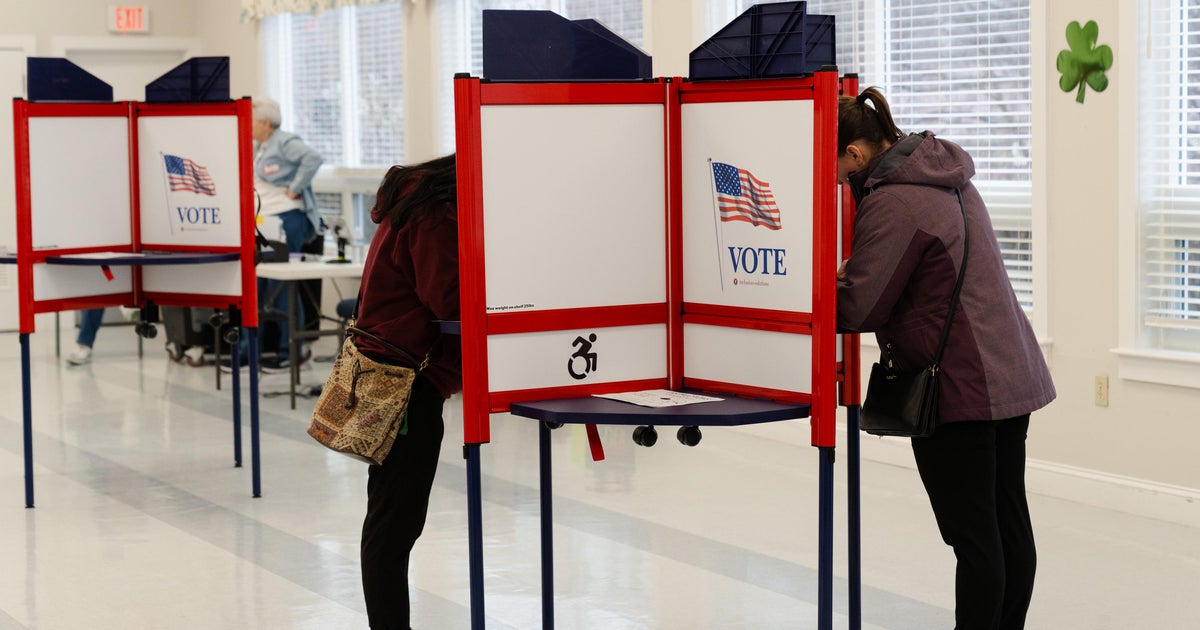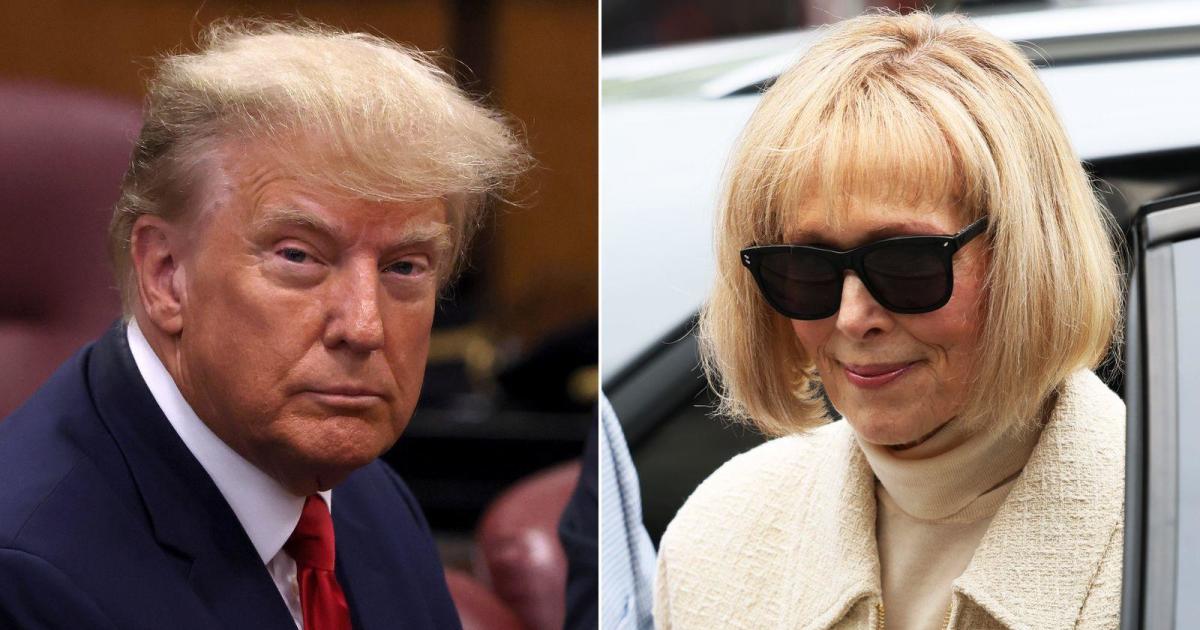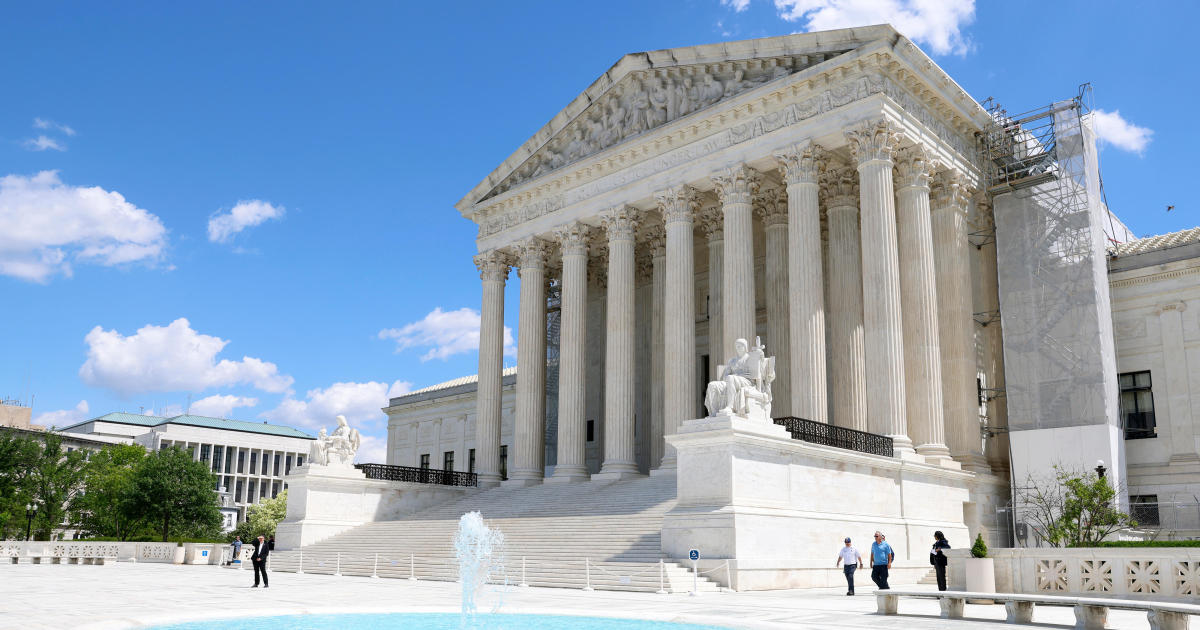Newly unveiled memo cited in Trump indictment detailed false electors scheme
Washington — A newly revealed memo authored by a Trump-allied attorney laid out a sweeping strategy for organizing Trump supporters to serve as fake electors in the wake of the 2020 election, shining new light on the origins of an alleged scheme that is central to the most recent indictment of former President Donald Trump.
The six-page memo dated Dec. 6, 2020, was authored by attorney Kenneth Chesebro and circulated among Trump campaign lawyers and associates, two people familiar with the matter tell CBS News. The New York Times obtained and published the memo for the first time on Tuesday.
The document, signed by "K.C.," was one of a series of memos crafted by Chesebro and John Eastman, a conservative attorney, that formed the proposed legal basis for the ultimately unsuccessful fake elector scheme. The indictment alleges the plan "evolved over time from a legal strategy to preserve the Defendant's rights to a corrupt plan to subvert the federal government function by stopping Biden electors' votes from being counted and certified."
The House select committee that investigated the Jan. 6, 2021, assault on the Capitol cited two other memos written by Chesebro in its final report, but the committee apparently didn't obtain the Dec. 6 document. One Trump campaign lawyer who testified before the committee said he remembered seeing the document but lost access to his emails after he left his job.
But CBS News has learned that special counsel Jack Smith has all or nearly all of the Trump campaign's emails, including documents that were coming in and out, a possible explanation for how prosecutors obtained the Dec. 6 memo.
What the Chesebro memo says
The memo was dated exactly one month before Jan. 6, 2021, when Congress would meet to count the Electoral College votes and seal Joe Biden's victory in the 2020 election.
It detailed a scheme in which groups of Trump supporters in six contested states won by Mr. Biden could organize to cast alternate electoral votes one week later on Dec. 14, when the legitimate members of the Electoral College would meet and certify their states' results. The alternate slate of electors, the memo says, would submit their own certifications. Chesebro said the vice president could then count these electoral votes instead of the legitimate votes on Jan. 6 to upend the election results and potentially keep Trump in the White House.
"[I]t it is important that the alternate slates of electors meet and vote on December 14 if we are to create a scenario under which Biden can be prevented from reaching 270 electoral votes, even if Trump has not managed by then to obtain court decisions (or state legislative resolutions) invalidating enough results to push Biden below 270," Chesebro wrote.
The existence of the memo was mentioned in last week's federal grand jury indictment against the former president, charging him with conspiracy to defraud the United States; conspiracy to obstruct an official proceeding; obstruction of and attempt to obstruct an official proceeding; and conspiracy against rights. He has pleaded not guilty and denies wrongdoing.
Chesebro wrote he thought the dispute over the electoral count could ultimately reach the Supreme Court if the six states' votes were contested. Even if the justices sided with Mr. Biden, Chesebro wrote, such a strategy "would guarantee that public attention would be riveted on the evidence of electoral abuses by the Democrats, and would also buy the Trump campaign more time to win litigation that would deprive Biden of electoral votes and/or add to Trump's column."
This memo was separate from the plan crafted by Eastman, the conservative lawyer who argued in a now-infamous memo of his own that Vice President Mike Pence could intervene in the electoral count on Jan. 6. Pence has emphatically and repeatedly insisted he lacked the authority to reject the legitimate votes of the states.
The memo published by The Times lays out key logistics for organizing the fake slates of electors, citing state and federal laws about how and when presidential electors must meet. The document also includes a "messaging" strategy to portray the scheme "as a routine measure that is necessary to ensure that in the event the courts (or state legislatures) were to later conclude that Trump actually won the state, the correct electoral slate can be counted in Congress in January."
In the memo, Chesebro admitted his strategy was "bold" and "controversial," and said, "I'm not necessarily advising this course of action," while explaining the potential steps in detail.
Attempts to reach Chesebro for comment on Wednesday were unsuccessful.
What the indictment says about the memo
The Dec. 6 memo expanded on a Nov. 18 document that Chesebro also authored. In that document, he pushed for an alternate slate of electors to organize in Wisconsin, a plan that soon grew to encompass six more states.
Last week's indictment references both documents and identifies their author as Co-Conspirator 5. It said the Dec. 6 memo, dubbed the Fraudulent Elector Memo, "marked a sharp departure from Co-Conspirator 5's Wisconsin Memo, advocating that the alternate electors originally conceived of to preserve rights in Wisconsin instead be used in a number of states as fraudulent electors to prevent Biden from receiving the 270 electoral votes necessary to secure the presidency on January 6."
The indictment said the Dec. 6 memo advocated "setting up a fake controversy that would derail the proper certification of Biden as president-elect." A third document on Dec. 9 allegedly contained more detailed instructions about how the fake electors could "mimic" legitimate electors, according to prosecutors. Chesebro has not been charged with a crime by the special counsel.
The indictment says the Nov. 18 and Dec. 6 memos reached Co-Conspirator 1 — likely Rudy Giuliani — on Dec. 7, 2020. Chesebro, Giuliani and others soon began contacting attorneys in the "contested" states who could help with the fraudulent elector effort, according to the indictment.
"Cheseboro worked with Rudy to try to get people in the states to get together as electors," one former Trump campaign staffer told CBS News. "He and Eastman were pushing this."
On Dec. 14, the fake electors convened in seven states for what the indictment calls "sham proceedings" to falsely certify Trump as the winner in their states. They then submitted phony certifications to Congress and the executive branch, following instructions laid out in Chesebro's Dec. 9 memo, the indictment said.
Pence ultimately rejected the scheme to recognize the fraudulent electors on Jan. 6. Soon after he publicly stated he would not intervene, a mob of Trump supporters breached the Capitol.
The next court date in Trump's federal case is set for Friday in Washington, D.C., when the judge will hear arguments over a proposed protective order requested by the government. Prosecutors worry Trump could improperly disclose confidential evidence ahead of trial, while Trump's attorneys have said a broad protective order would infringe on his First Amendment rights.




